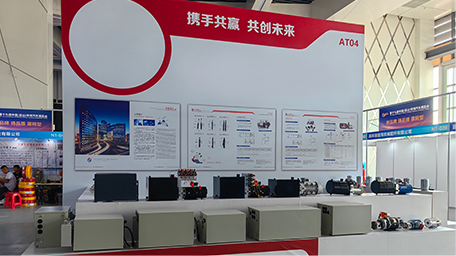Enhancing Agricultural Efficiency with Advanced Silage Combine Harvesters for Optimal Crop Yield Management
The Evolution and Efficiency of Silage Combine Harvesters
The agricultural industry has continually evolved to meet the growing demands for efficient food production. Among the various innovations in modern farming, the silage combine harvester represents a remarkable advancement, especially in the way crops are harvested, processed, and stored for livestock feed. This machinery has dramatically changed the landscape of forage harvesting, enabling farmers to maximize their yields while minimizing labor and time.
What is a Silage Combine Harvester?
A silage combine harvester is a specialized piece of equipment designed to cut, chop, and collect forage crops, such as corn or grass, for silage. Silage is a fermented, high-moisture fodder that is prepared by anaerobic fermentation of green foliage crops, making it an excellent feed source for cattle and other ruminants. The silage combine harvester streamlines the process, allowing for efficient harvesting and immediate processing of the crop, which is critical for maintaining its nutritional quality.
Mechanisms of Action
The machinery operates using a series of cutting blades and augers that work together to chop the crop into small pieces as it is harvested. This uniform chopping is essential to ensure the silage ferments properly and retains its nutritional value. Once cut, the forage is then collected into a storage system, such as a truck or a wagon, which transports the material to the silage pit or bunker for fermentation.
The versatility of modern silage combine harvesters is noteworthy. Many models are equipped with adjustable settings that allow farmers to control the cutting length and more effectively manage various crop types. This adaptability ensures that farmers can optimize their equipment to suit specific needs, ultimately enhancing the efficiency of the operations.
silage combine harvester

Benefits of Silage Combine Harvesters
The benefits of utilizing a silage combine harvester are manifold. First and foremost, they significantly reduce the time needed for harvesting compared to traditional methods. What used to take days can now be achieved in hours, maximizing efficiency. This time-saving aspect is particularly important during the busy harvest season when weather conditions can change rapidly, impacting crop quality and yield.
Another significant advantage is the improvement in crop quality. By rapidly harvesting and processing forage, the silage combine harvester minimizes the risk of spoilage and nutrient loss due to extended exposure to air and environmental conditions. The precise chopping increases the surface area of the feed, promoting better fermentation and digestibility for livestock.
Moreover, silage combine harvesters decrease labor costs. With automation and precision engineering, fewer workers are required, allowing agricultural operations to function efficiently with minimal human resource investment. This is particularly beneficial in regions where labor costs are high or labor shortages are prevalent.
Future Developments
As technology continues to evolve, so too will the capabilities of silage combine harvesters. The integration of precision agriculture technologies, such as GPS and IoT, is likely to enhance their efficiency further. These advancements can provide real-time data on crop conditions and optimize harvesting strategies, leading to better decision-making and resource management.
In conclusion, silage combine harvesters embody the intersection of technology and agriculture, enhancing the efficiency of forage production significantly. By improving harvesting techniques, reducing labor demands, and preserving crop quality, these machines play a crucial role in modern farming. As the agricultural sector looks towards sustainability and increased productivity, silage combine harvesters will undoubtedly remain at the forefront of innovation, shaping the future of livestock farming.
Latest news
-
When to Upgrade Your Old Forage HarvesterNewsJun.05,2025
-
One Forage Harvester for All Your NeedsNewsJun.05,2025
-
Mastering the Grass Reaper MachineNewsJun.05,2025
-
How Small Farms Make Full Use of Wheat ReaperNewsJun.05,2025
-
Harvesting Wheat the Easy Way: Use a Mini Tractor ReaperNewsJun.05,2025
-
Growing Demand for the Mini Tractor Reaper in AsiaNewsJun.05,2025
